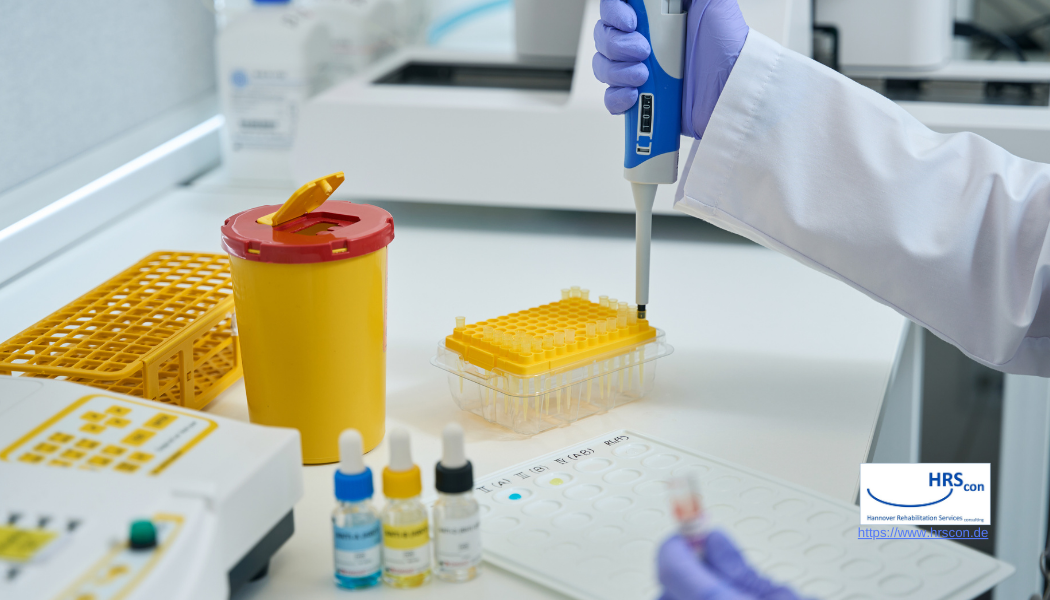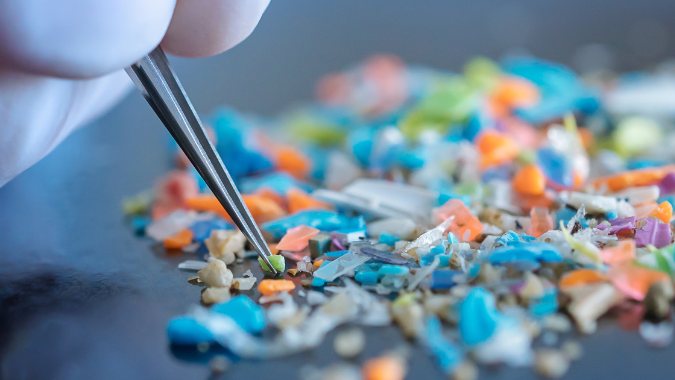Researchers are making significant strides in developing new biomaterials for tissue regeneration. These materials hold the potential to revolutionize how we treat damaged tissues in the human body.
An ideal biomaterial for tissue regeneration should possess three key properties:
- Biodegradability: The material should degrade naturally within the body over time, leaving behind healthy tissue.
- Mimicking Natural Tissue: The mechanical properties, such as elasticity and strength, should closely resemble those of the target tissue being regenerated.
- Bioactivity: The material should interact favorably with the body’s biological environment, promoting cell growth and tissue formation.
Polymeric Nanocomposites: A Promising Approach
One promising approach involves the development of polymeric nanocomposites. These materials combine biodegradable polymers with functional nanoparticles (NPs) to achieve the desired properties.
Electrospinning is a particularly effective technique for creating these nanocomposites. It produces electrospun fibers (efibers) with a high surface area, which closely mimics the structure of the natural extracellular matrix, further enhancing the bioactivity of the material.
Poly(lactic Acid) (PLA) and Magnesium-Based Nanoparticles
Poly(lactic Acid) (PLA) is a widely studied biodegradable polymer for tissue engineering due to its safe degradation products. However, researchers are constantly seeking ways to improve its mechanical properties and bioactivity.
This study explores the potential of incorporating magnesium-based nanoparticles, specifically magnesium oxide (MgO) and magnesium hydroxide (Mg(OH)2) NPs, into PLA efibers.
Why Magnesium?
Magnesium is an essential element in the human body, playing a crucial role in various cellular functions. It’s biocompatible and even exhibits antimicrobial activity against certain bacteria. This makes Mg-based NPs a safer alternative to heavy metal oxide NPs, which can be toxic due to potential accumulation in the body.
Key Findings of the Study
- The researchers investigated the effect of incorporating different concentrations of MgO and Mg(OH)2 NPs on PLA efibers.
- Bioactivity was assessed by analyzing the growth of hydroxyapatite, a mineral found in bone, on the surface of the efibers after immersion in a simulated body fluid. Both MgO and Mg(OH)2 NPs promoted hydroxyapatite growth at higher concentrations, indicating enhanced bioactivity.
- The antibacterial properties of the efibers were tested against E. coli and S. aureus bacteria. The results showed promising antibacterial activity, particularly against E. coli, with the highest concentration of Mg-based NPs demonstrating the best results.
- The study also observed a reduction in the diameter of the efibers over time, suggesting their degradation within the body.
Future Implications
This study highlights the potential of PLA efibers reinforced with MgO and Mg(OH)2 NPs for tissue regeneration applications. These biomaterials offer a combination of biodegradability, suitable mechanical properties, enhanced bioactivity, and antibacterial properties.
Further research is needed to fully explore their potential in various tissue engineering applications. However, this study presents a significant step forward in developing effective and safe biomaterials for promoting tissue repair and regeneration.




